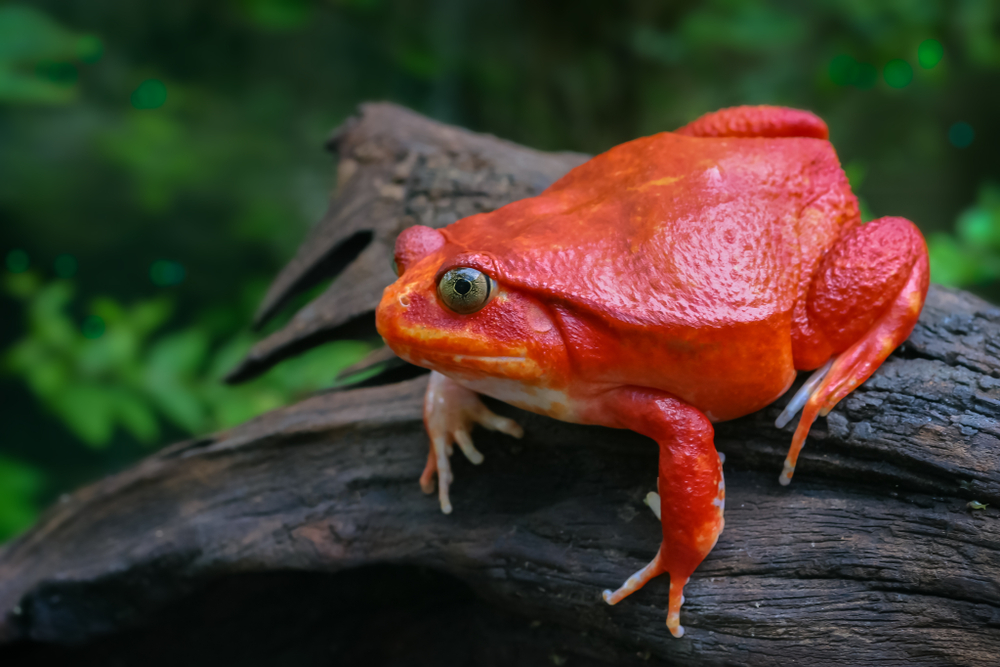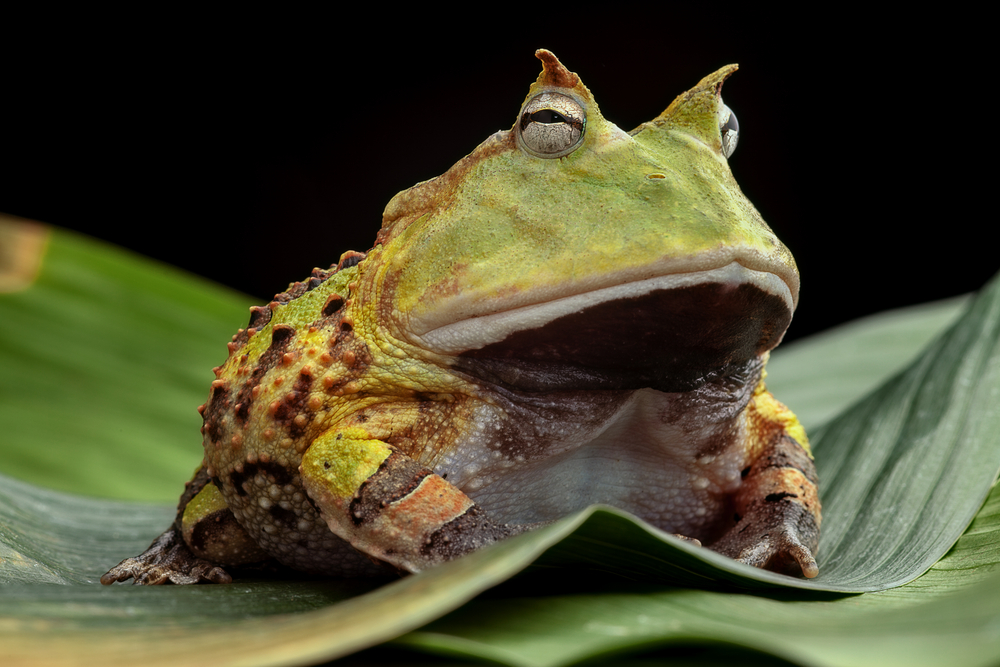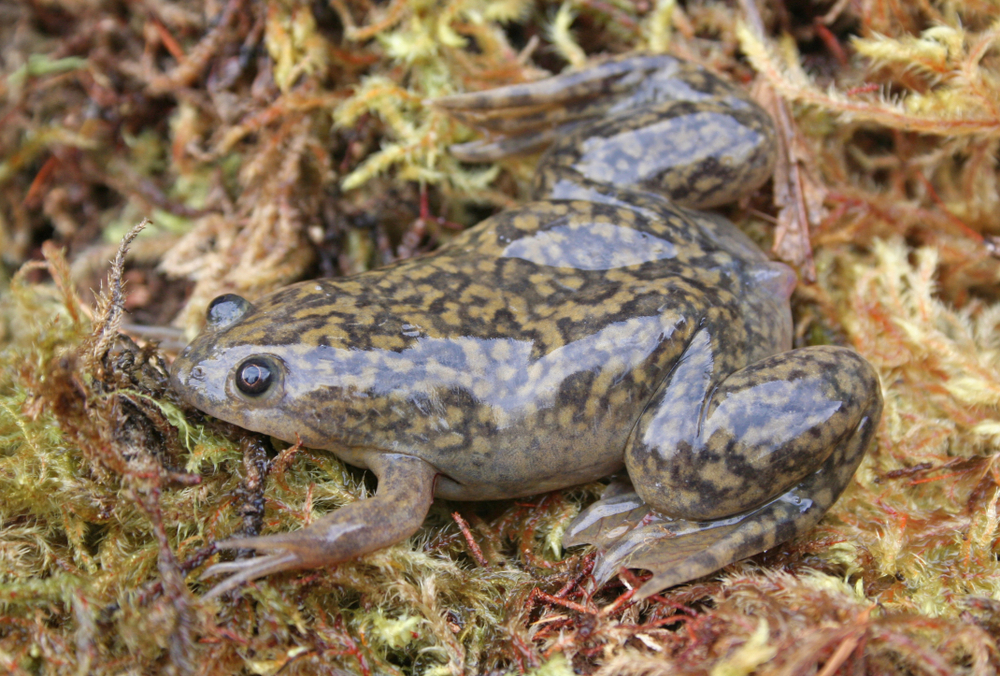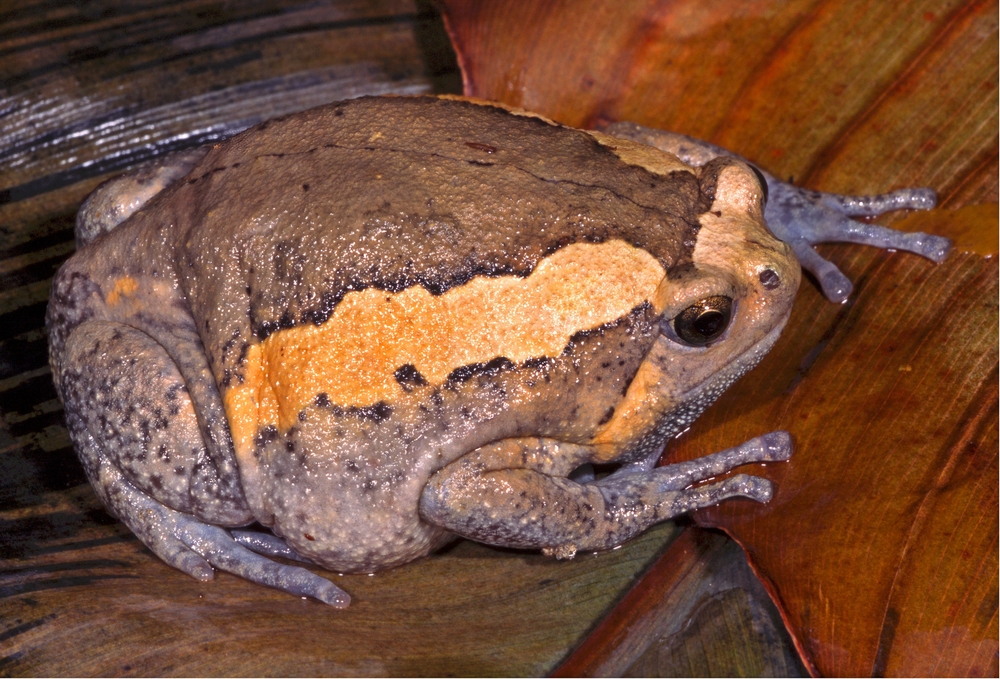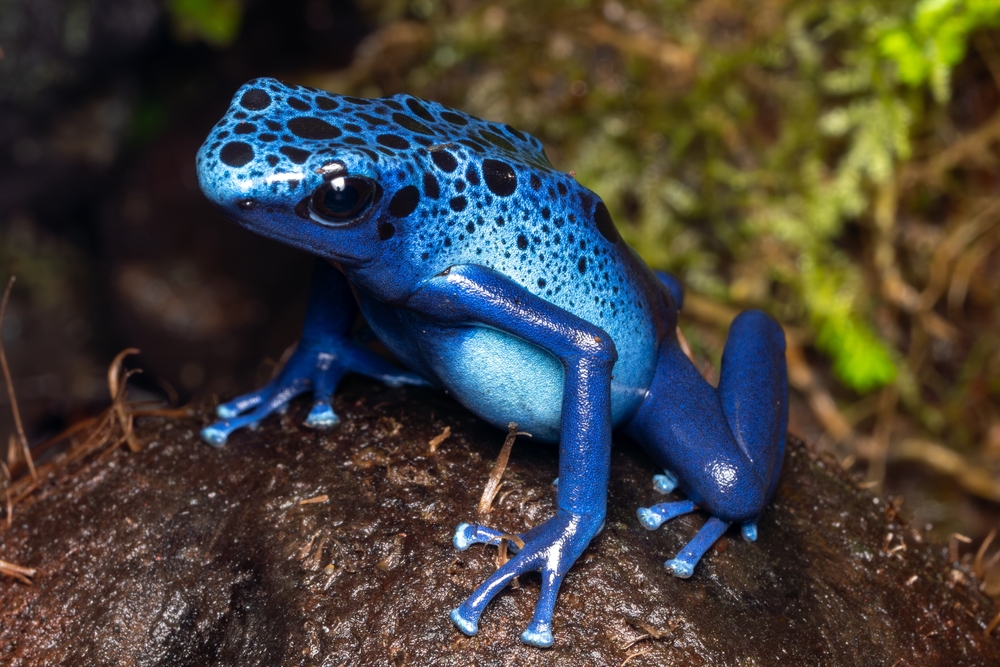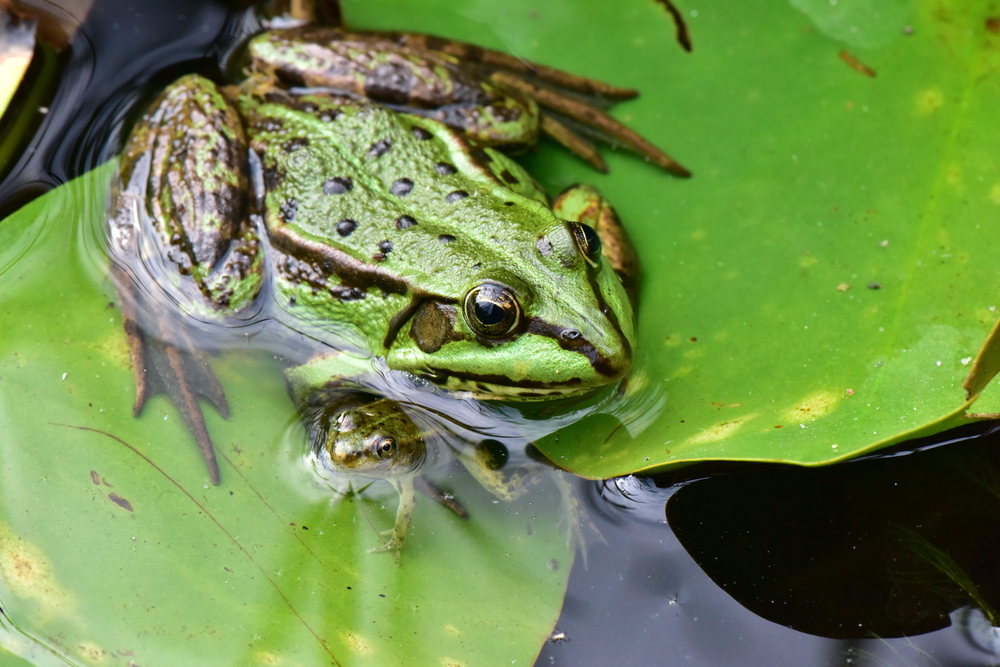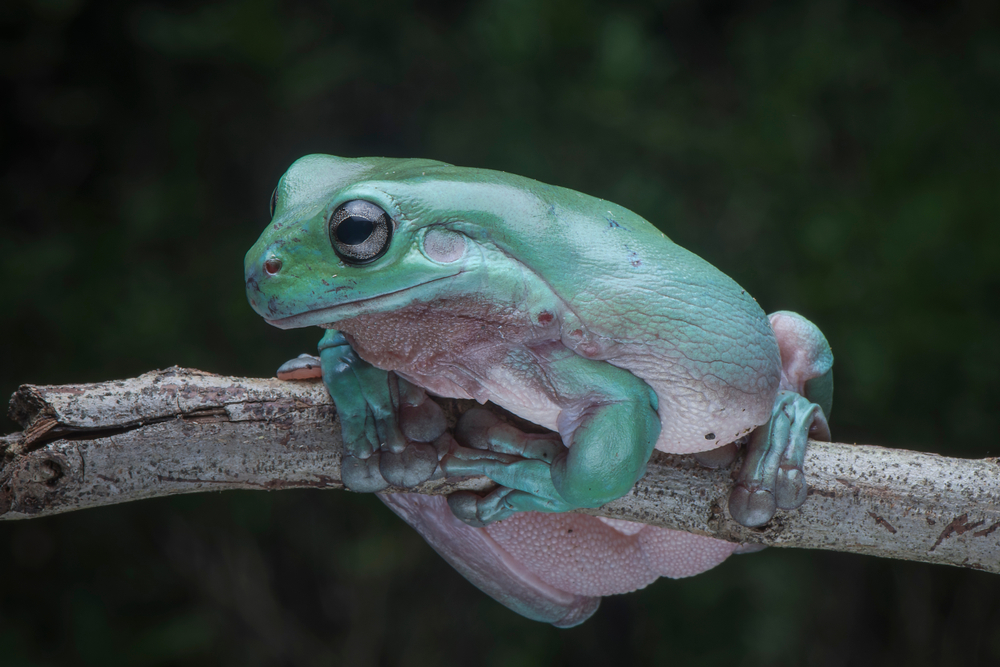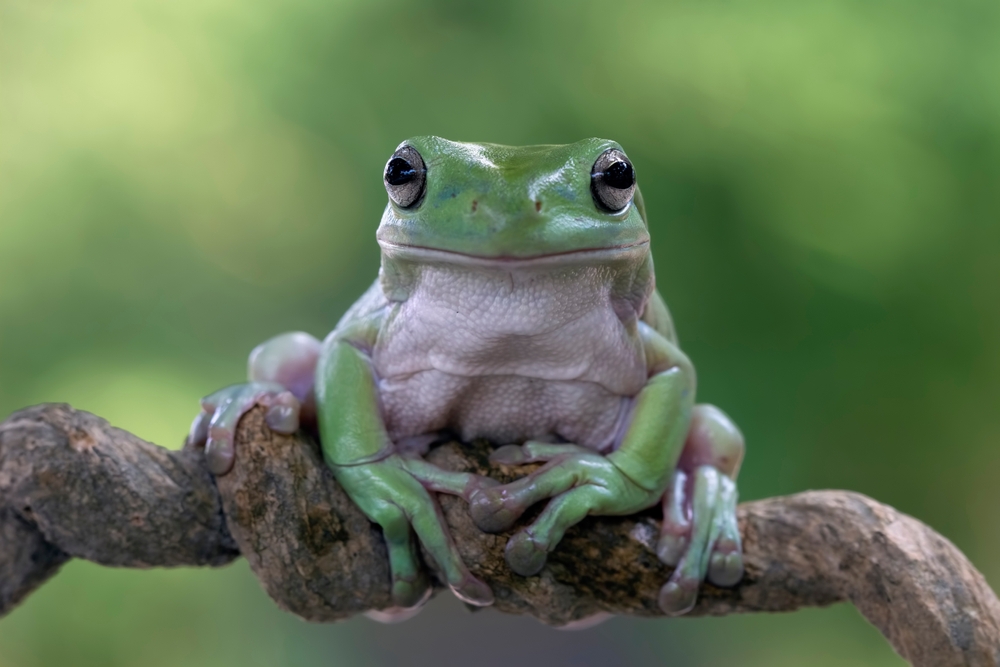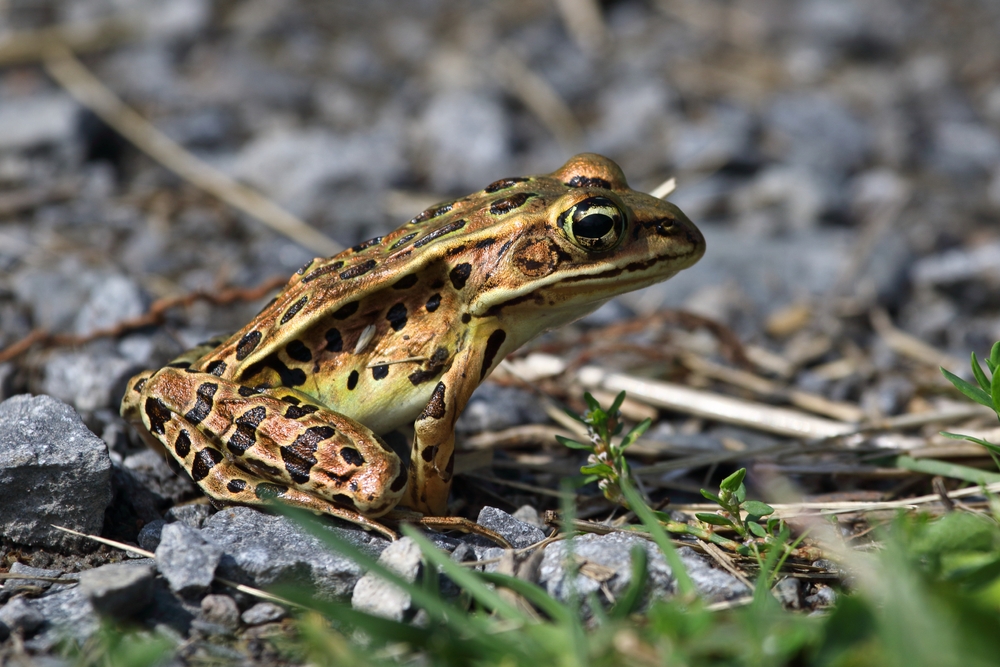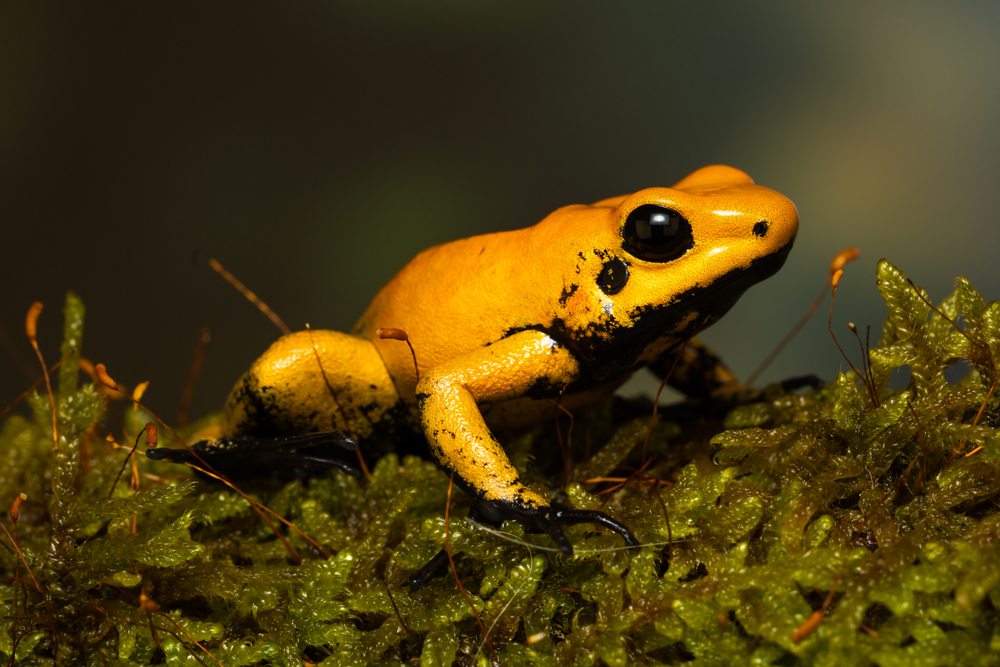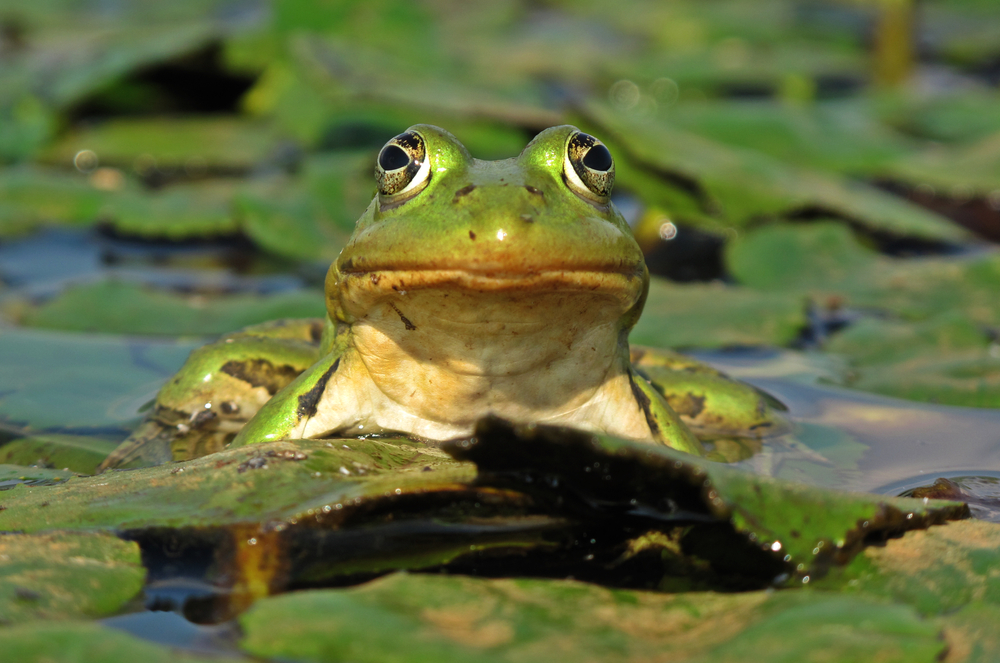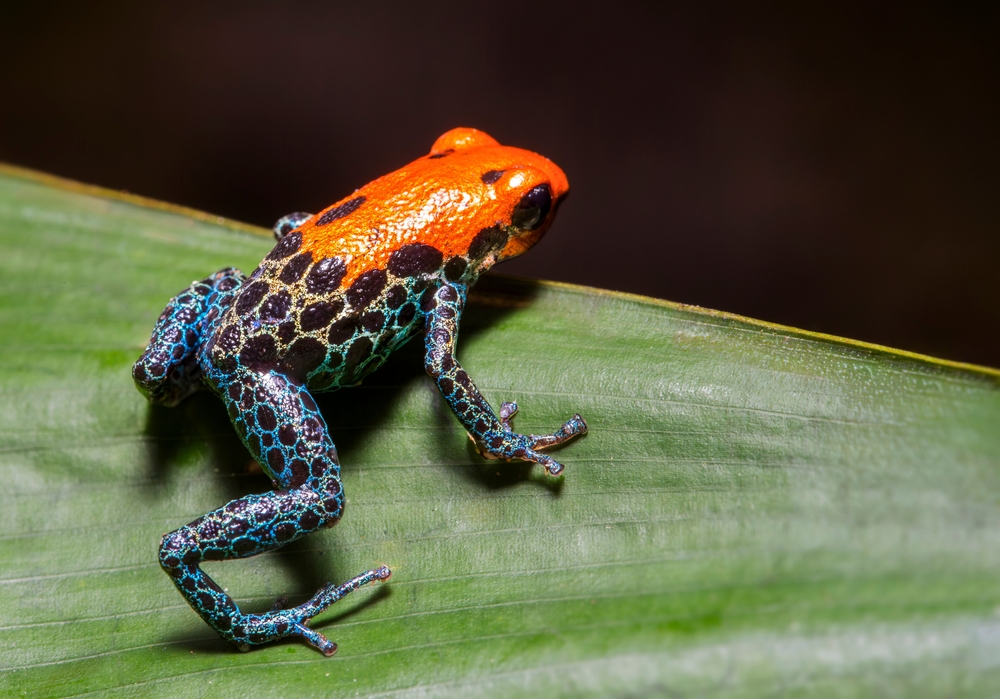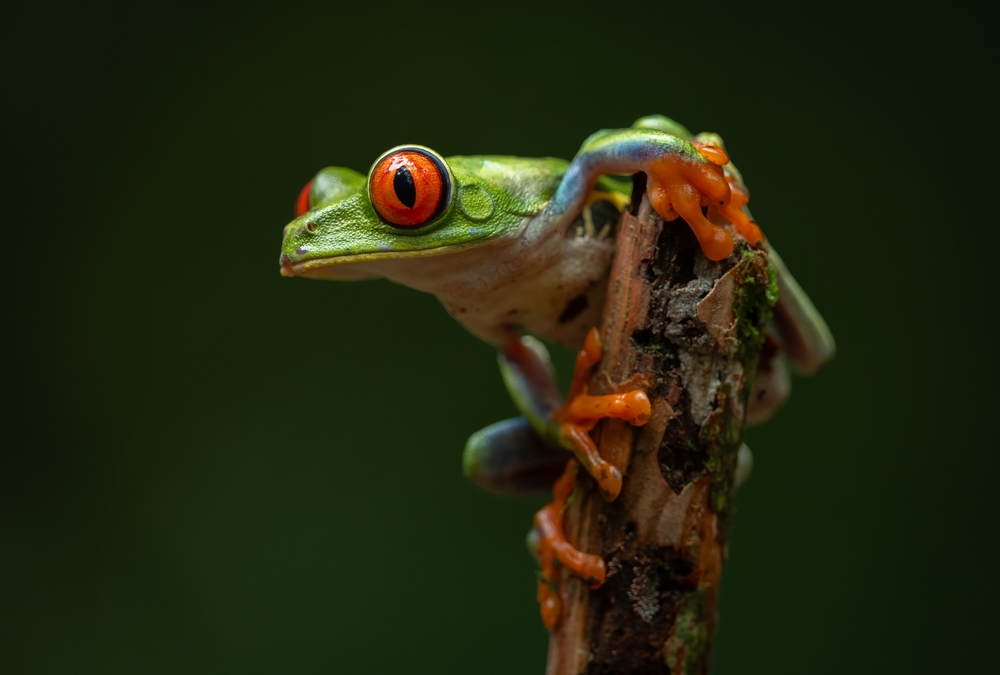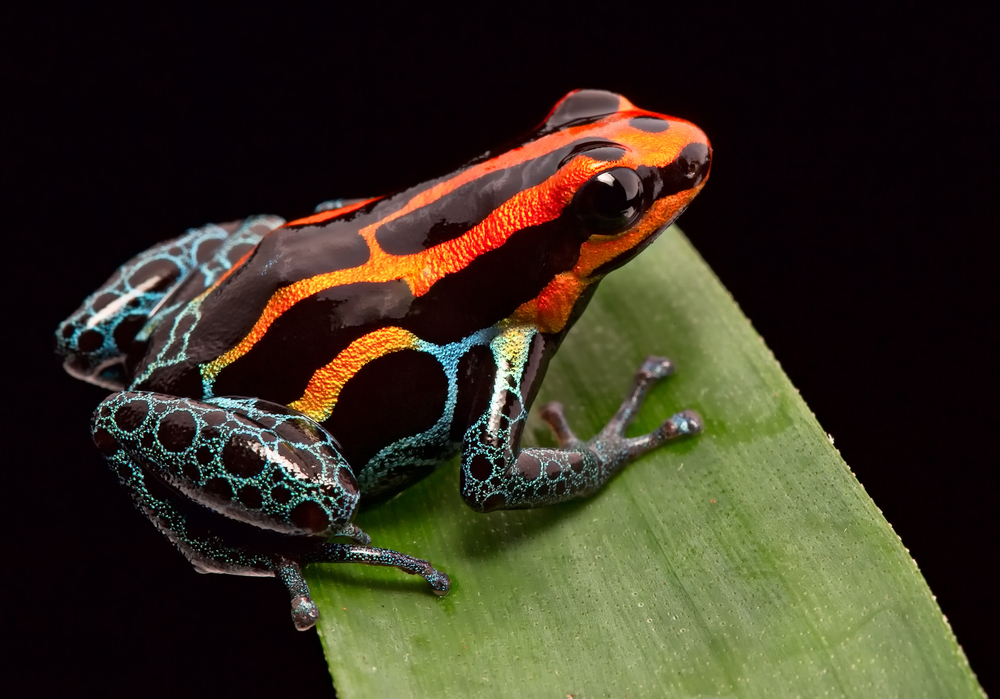Uniqueness
Vivid Tomato-Like Coloration:
One of the most striking features of the Tomato Frog is its vivid red-orange coloration, especially in females. This bold hue resembles a ripe tomato and serves as aposematic coloration, warning potential predators of the frog’s unpalatability. Males are less vibrant, showing duller orange or brownish tones.
Inflation Defense Mechanism:
When threatened, Tomato Frogs can inflate their bodies, puffing up like a balloon to appear larger and more difficult for predators to swallow. This behavior is often accompanied by the release of a sticky, white skin secretion that can irritate the mouth and eyes of predators—especially snakes or mammals.
Unique Skin Secretions:
Their mucous secretions contain toxins that act as a deterrent to predators. While not dangerous to humans, the substance can cause allergic reactions or eye irritation and may temporarily glue a predator’s jaws shut—giving the frog time to escape.
Sexual Dimorphism:
Tomato Frogs exhibit strong sexual dimorphism:
Endemic to Madagascar:
The Tomato Frog is found only in northeastern Madagascar, specifically in and around Antongil Bay, making it one of the island’s most charismatic and recognizable endemic amphibians. Its restricted range contributes to its conservation concern.
Not a True Dart Frog but Mistaken Identity:
Due to their bold coloration and toxic secretions, Tomato Frogs are sometimes mistaken for poison dart frogs—but they are not closely related. Instead, they belong to the family Microhylidae, a group of narrow-mouthed frogs, and have evolved their defenses independently—an example of convergent evolution.
Cultural and Educational Symbol:
Because of their eye-catching appearance and non-lethal toxicity, Tomato Frogs are widely used in educational exhibits and zoos to raise awareness about Madagascar’s unique biodiversity and the threats of habitat loss. They are also featured in pet trade regulation discussions due to overcollection in past decades.
Conservation Attention:
Dyscophus antongilii is currently listed as Near Threatened by the IUCN. Habitat destruction and historical overharvesting for the pet trade have reduced wild populations, though captive breeding efforts and trade regulations (CITES Appendix I) are helping to stabilize the species.



































































